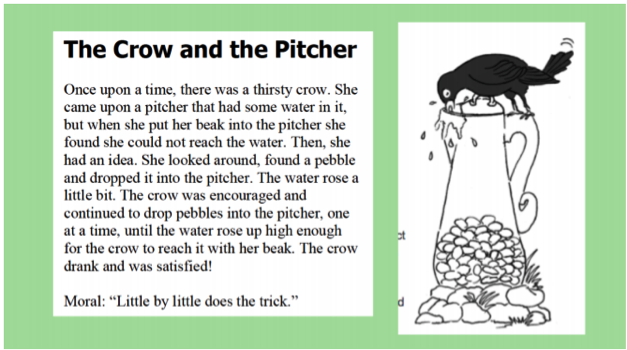Biotechnology and GMO's
In my Year 10 team we have been developing new applied science topics. The current one we are doing is around Biotechnology.
It started with an exploration of Ethics in Biotechnology. Are genetically modified organisms (GMO) good or bad? Initially I posed a few questions and scenarios for them. What a debate erupted. It was great to see students questioning and wondering what repercussions could unfold. This lesson students came out with more questions than I could (or they could suggest); but what a great way to get them thinking about the future and the decisions their generation might have to face.
It raised questions about what we have been doing for centuries. We selectively breed animals or plants based on the best chances for the next generation to be favourable - isn't that a type of genetic manipulation?
Students were amazed at the wild corn - the black kernels (we were lucky enough to have demonstration cobs). Purple carrots have a bitter taste compared to the orange variety we now see everyday in supermarkets and kitchens around the world . Genetically engineering rice to contain extra nutrients such as zinc, iron, iodine and vitamin A as a possible answer to reduce diseases and death caused by poor diet or lack of access to resources.
Our prac is a very exciting one. We are genetically modifying bacteria to fluoresce. We use a gene from a jellyfish and insert it into a bacteria cell using plasmids - see below
We did a run though of the prac last week as a team. The prac was a lot more daunting (and wordy) than when you actually did it. It was such a valuable experience in this case. It made me really step into the shoes of student. Here I was doing a technical prac outside my field of expertise - I was the one posing the questions to the other biology teachers and questioning why or how we do things. Coming in with fresh eyes was a good learning experience for all!!
I gave a lot of thought about the grouping, set up, flow and pase of the lesson. I recognised the protocol might be the thing that could trip students up. Understanding I have visual learners and students who like straight forward directions I created a flow chart as a supplementary reference along with the protocol. With one student being the "captain" who reads, checks and ticks off the protocol steps on the sheet while the flowchart is up on the board for addition focus and "what to do next". This worked really well, witch the groups on task working autonomously and collaboratively.
It started with an exploration of Ethics in Biotechnology. Are genetically modified organisms (GMO) good or bad? Initially I posed a few questions and scenarios for them. What a debate erupted. It was great to see students questioning and wondering what repercussions could unfold. This lesson students came out with more questions than I could (or they could suggest); but what a great way to get them thinking about the future and the decisions their generation might have to face.
It raised questions about what we have been doing for centuries. We selectively breed animals or plants based on the best chances for the next generation to be favourable - isn't that a type of genetic manipulation?
Students were amazed at the wild corn - the black kernels (we were lucky enough to have demonstration cobs). Purple carrots have a bitter taste compared to the orange variety we now see everyday in supermarkets and kitchens around the world . Genetically engineering rice to contain extra nutrients such as zinc, iron, iodine and vitamin A as a possible answer to reduce diseases and death caused by poor diet or lack of access to resources.
Our prac is a very exciting one. We are genetically modifying bacteria to fluoresce. We use a gene from a jellyfish and insert it into a bacteria cell using plasmids - see below
We did a run though of the prac last week as a team. The prac was a lot more daunting (and wordy) than when you actually did it. It was such a valuable experience in this case. It made me really step into the shoes of student. Here I was doing a technical prac outside my field of expertise - I was the one posing the questions to the other biology teachers and questioning why or how we do things. Coming in with fresh eyes was a good learning experience for all!!
I gave a lot of thought about the grouping, set up, flow and pase of the lesson. I recognised the protocol might be the thing that could trip students up. Understanding I have visual learners and students who like straight forward directions I created a flow chart as a supplementary reference along with the protocol. With one student being the "captain" who reads, checks and ticks off the protocol steps on the sheet while the flowchart is up on the board for addition focus and "what to do next". This worked really well, witch the groups on task working autonomously and collaboratively.







Comments
Post a Comment